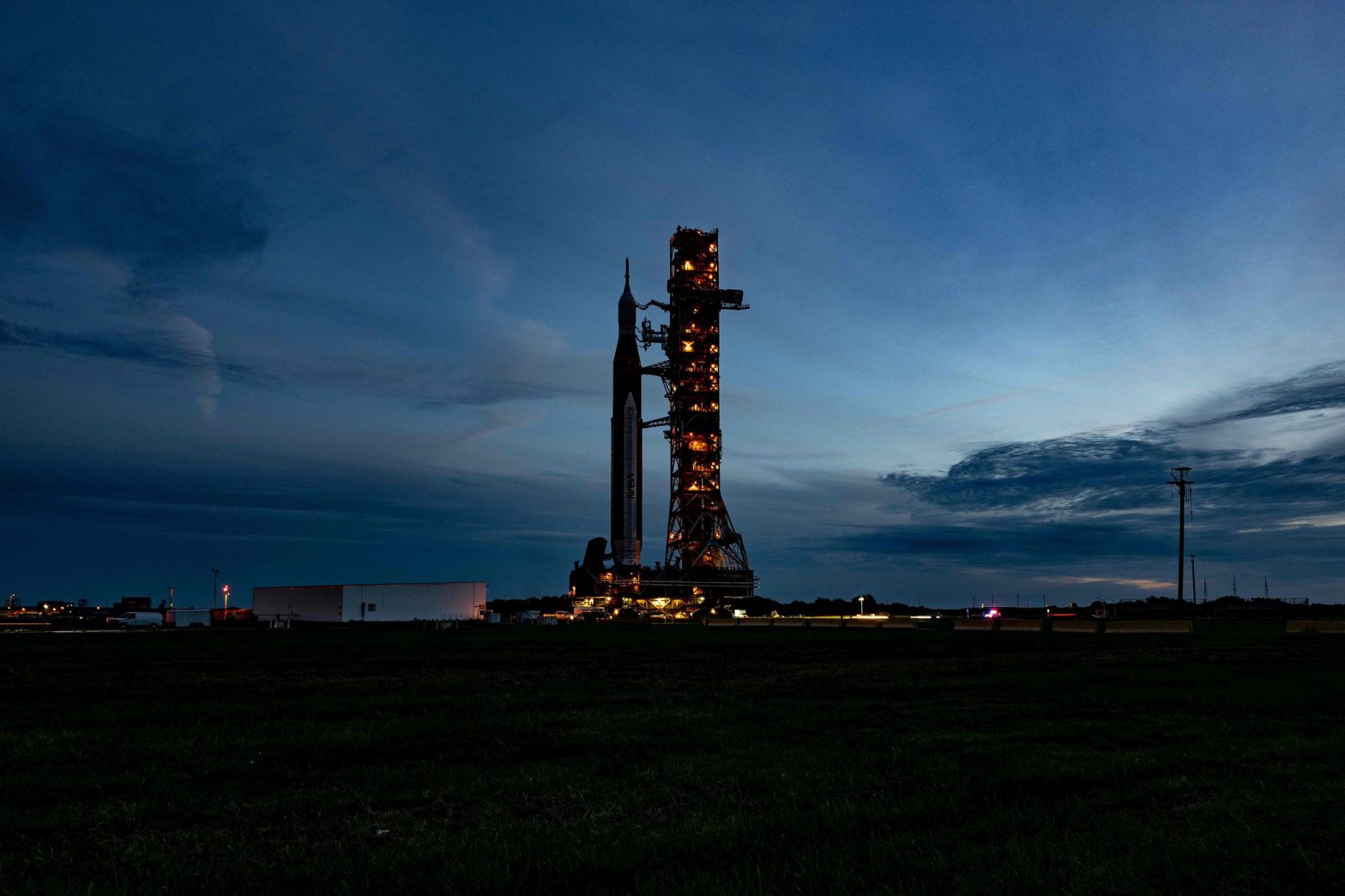/
The rocket will begin rolling back out to Launch Pad 39B just after midnight on Friday, November 4th.
:format(webp)/cdn.vox-cdn.com/uploads/chorus_asset/file/24166177/1243545936.jpg)
NASA has confirmed its next launch attempt for the Artemis I mission will be at night, with a midnight launch scheduled for the early hours of Monday, November 14th. Following a difficult few months attempting to get the Space Launch System rocket off the ground for the first time, including several wet dress rehearsals, two previous launch attempts, a tanking test, and an interruption from a hurricane, the rocket will begin rolling back out to Launch Pad 39B at Kennedy Space Center in Florida just after midnight on Friday, November 4th.
A night launch means lower visibility, and NASA representatives said they would have preferred a daylight launch. However, the team was confident that a night launch could be done safely and meet all the mission requirements, said Jim Free, associate administrator at NASA’s Exploration Systems Development Mission Directorate. As for the public audience, the night launch means the view won’t be as good, but there should still be some visuals available.
“We have IR cameras. We’re going to get some visuals — the big fire coming out the back is going to help light things up for us too,” Free said in a media teleconference. “We have a great number of cameras on here that we’ll still get shots from.”
The aim of the uncrewed launch on November 14th is to test out the new Space Launch System rocket and Orion spacecraft by sending it on a flight around the Moon ahead of planned crewed missions.
The most recent launch attempt in late September was scrubbed due to Hurricane Ian, which battered the Florida coast, requiring the rocket to be rolled off the launchpad and into a building, called the Vehicle Assembly Building (VAB), several miles away.
“When we had to roll back from the hurricane, I will tell you it was disappointing,” said Cliff Lanham, senior vehicle operations manager of Exploration Ground Systems Program at Kennedy.
Having stayed in the building for the past few weeks, the rocket will now make the four-mile journey from the VAB back to the launchpad, carried by a 6.6 million pound machine called a crawler on a journey that typically takes between eight and 12 hours.
As always with rocket launches, the weather is a factor in whether it is safe to launch. Weather officer Mark Burger of the US Space Force’s 45th Weather Squadron said the weather looks good for starting the rollout tonight, but over the weekend, they will be keeping an eye on an area of low pressure developing near Puerto Rico. There is around a 30 percent chance of this system developing into a storm, which could result in rain and winds of up to 40 knots on the Florida coast, but Burger said those conditions are within acceptable parameters for the rollout.
There are also concerns about the lifespan of the rocket boosters, as the joints connecting the booster segments only last a certain amount of time after stacking, and the booster batteries only have a three-month charge. The boosters were originally certified to last for 12 months after stacking, a timeline that expired in January 2022, but their lifespan has since been extended to 23 months with the first part expiring on December 9th. If the rocket doesn’t launch before this date, then the agency will have to perform another evaluation to see if the parts are still good for use.
If there are any issues with the November 14th launch date, there are backup opportunities available on November 16th and 19th.
